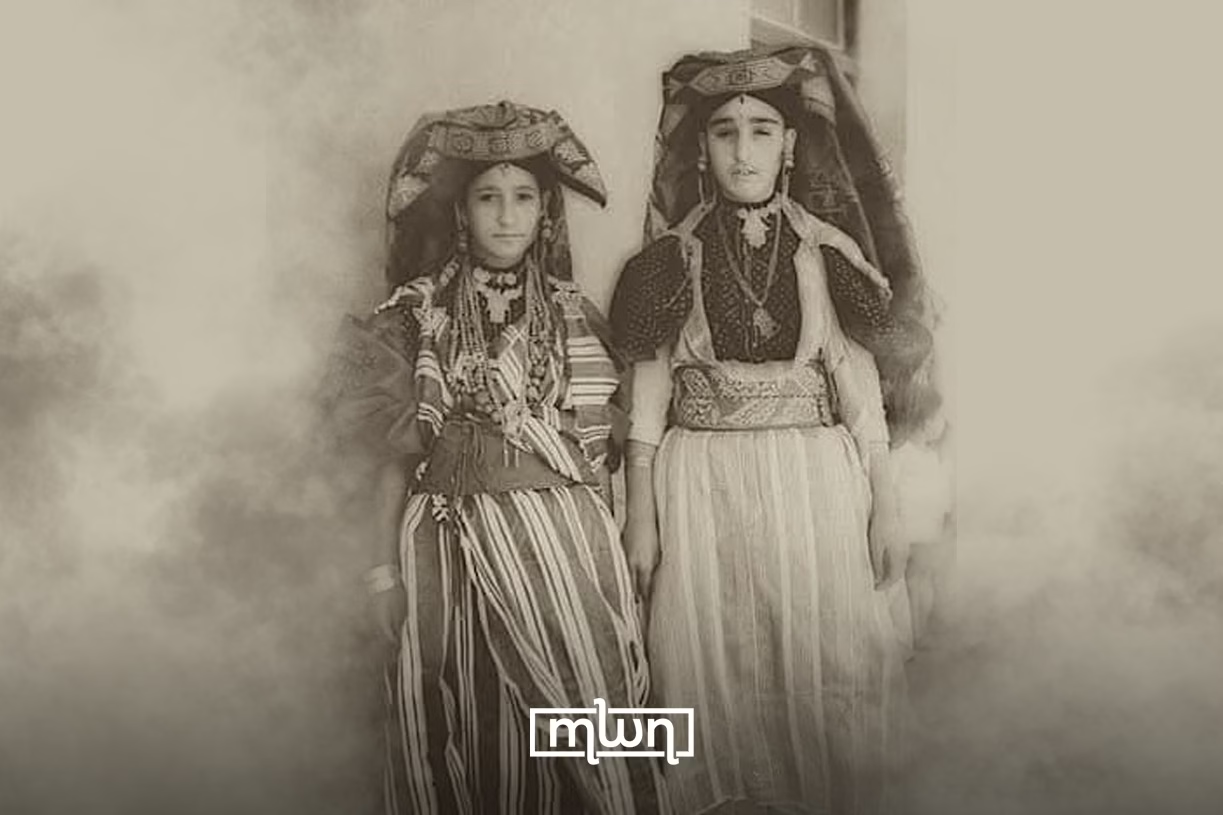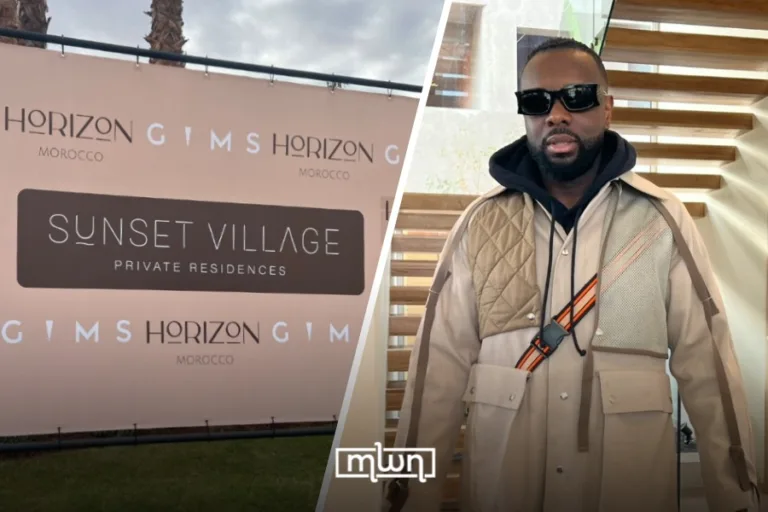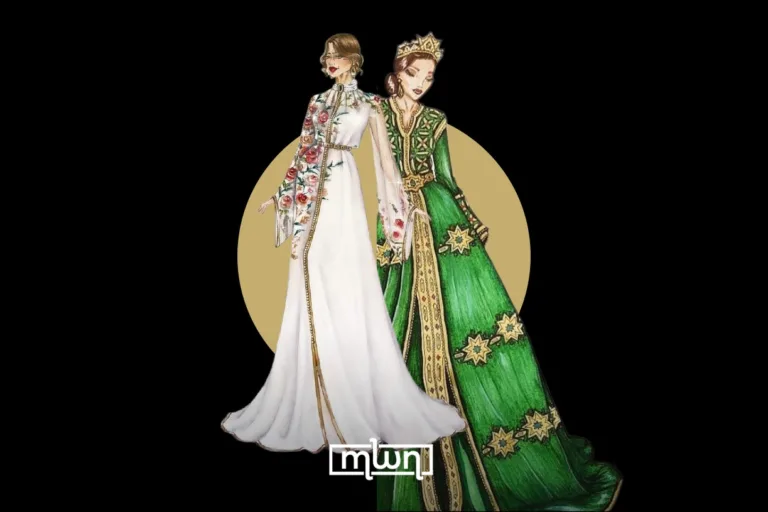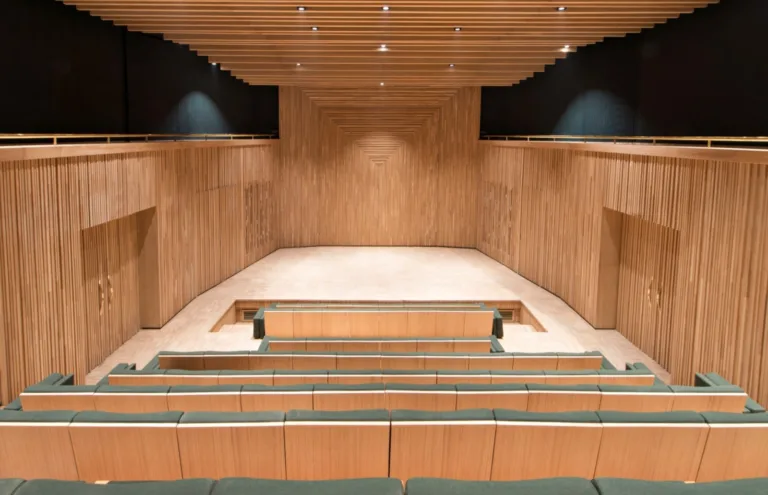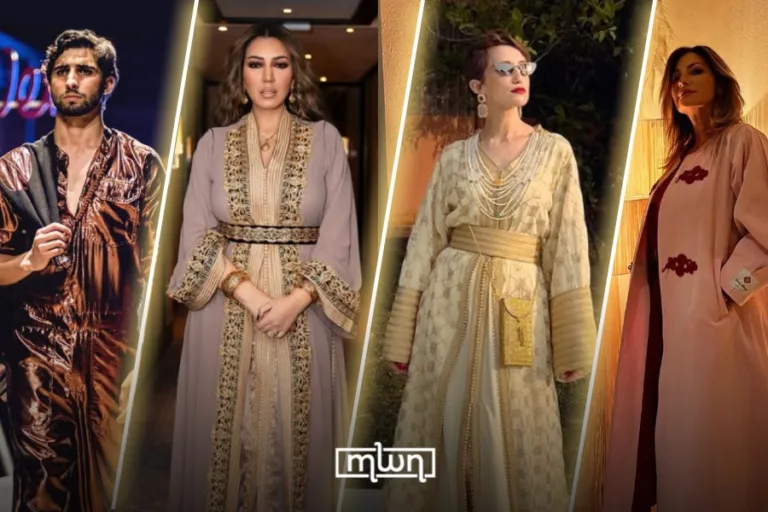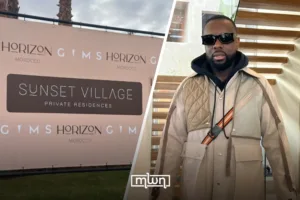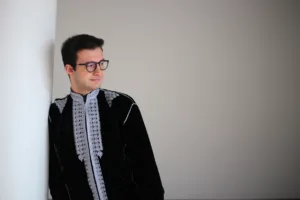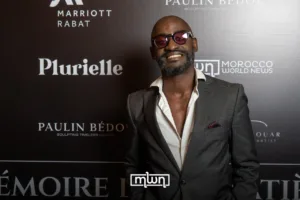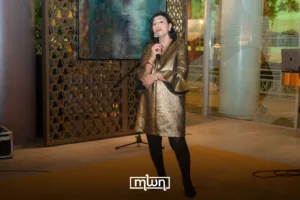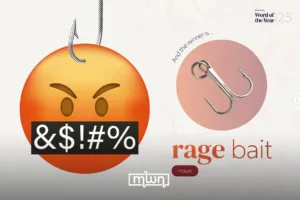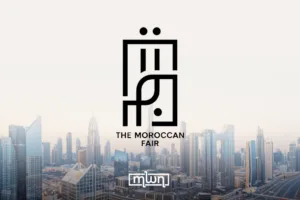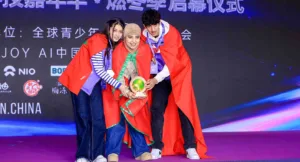One traditional Moroccan garment tells a story of artistry, tradition, and a lost craft.
Fez – In the diverse world of Moroccan fashion, few garments have held as much cultural significance and complexity as the “Derza”.
This traditional piece of clothing, once worn by women from the Atlas Mountains, has an intriguing history that spans beyond mere aesthetics, connecting regional traditions with artisan craftsmanship.
Originally a staple among the Amazigh women of the Atlas region, the Derza was more than just a garment, it was a symbol of regional identity and artisan expertise.
Over time, its influence spread to the Tafilalet region, further expanding its cultural footprint.
At first glance, one might mistake the Derza for a single piece of clothing. However, it is actually made up of two distinct components skillfully integrated to create a cohesive and elegant appearance.
The garments are designed to give the illusion of a single, fluid piece, emphasizing the complexity and craftsmanship involved in its creation.
The Derza is traditionally woven in a combination of three striking colors: deep red, dark orange, and light brown.
The design is both bold and elegant, with long sleeves, a flowing silhouette, and a distinctive “Lebniqa” (belt).
The Lebniqa is an essential feature of the Derza, contributing to its unique structure and aesthetic appeal.
Its complexity is part of what gives the garment its prestige, elevating it from a simple piece of clothing to an object of high value in the cultural context of its time.
There was a distinct cultural difference in how the Derza was worn. Jewish women of the Tafilalet region added a skirt and belt to the garment, pairing it with a Melhef, a traditional outer cloak, creating a layered and refined look.
On the other hand, Muslim women, particularly those from the Atlas region, preferred to wear the Derza as a single, flowing piece, emphasizing its simplicity and elegance.
One of the key features of the Derza is its seasonal adaptability. There were two primary variations: one for winter, made from wool and decorated with silk, and another for summer, crafted from lightweight silk or fabric that allowed the wearer to stay cool in the hotter months.
This seasonal distinction adds another layer of utility and sophistication to the garment, blending form with function.
The embroidery that adorned these garments was truly remarkable. In some cases, Derza was decorated with intricate gold thread embroidery, often mimicking natural motifs such as flowers, trees, and even animals.
The designs were often geometrical, with symbols like the eight-pointed star and the hexagon adding to the visual richness.
Some Derza garments even featured symbols reminiscent of traditional facial tattoos, further linking the garment to the broader cultural identity of Moroccan women.
While the Derza was historically reserved for a more affluent class, it was also a garment of prestige, one that signified not only wealth but also the high skill level of the artisans who crafted it.
The embroidery, which was sometimes done with precious gold thread, was a hallmark of luxury. It was clear that only those with the means and time could afford such a fine garment.
However, as with many traditional arts, the Derza eventually fell out of favor. The complex and labor-intensive creation process, along with its high cost, led to its gradual disappearance, especially after the 1950s.
The artisans who once crafted these beautiful garments have since passed on, and the skill of making Derza has been lost to time, leaving behind only memories of its former glory.
Despite its decline, the Derza remains a powerful reminder of Morocco’s rich textile traditions; a fusion of artistry, culture, and history.
While it may no longer be a common sight in Moroccan wardrobes, the legacy of Derza lives on, not just in the stories of the women who once wore it, but in the exquisite craftsmanship it represents.
Read also: The Colors of Moroccan Cities

